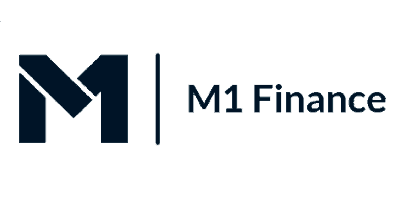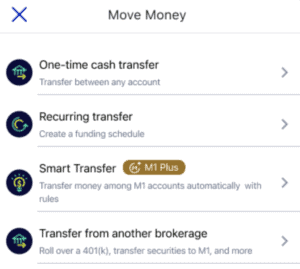





If you are looking to transfer assets from one brokerage platform to another, the process is relatively simple and straightforward.
Whatever your reason is for making the switch, we will show you how to transfer from Robinhood to M1 Finance - step by step.
Bear in mind, Robinhood charges a $100 fee for all account transfers - including partial and full transfers.
In addition, Robinhood supports many assets that are not transferrable to M1 Finance (such as Crypto). You will need to sell these in order to complete a full account transfer, and that could result in taxes if you sell for a profit.
In addition, margin balances need to be paid off before transferring.
Check out my video on how to transfer your brokerage account below, let's dive in!
Robinhood is a popular "all-in-one" investing app.
While they are most well-known for their commission free stock trading, they've recently shaken up the Retirement Investing World too.
Introducing Robinhood Retirement; home of the biggest IRA match on the market.
Here's what you need to know:
And don't worry, this comes with a Portfolio Builder Tool. You don't have to construct your investment portfolio from scratch if you don't want to.
Lastly, you'll even get a free stock worth up to $200 when you open a new Robinhood account using our link.
We have a full video outlining the transfer process.
Feel free to check it out below or keep reading for a written guide!

The first step is to open an M1 Finance account.
The next step is to obtain your Robinhood account number.
This information can be found by downloading a copy of your most recent brokerage statement.
The transfer over to M1 Finance will be initiated within the M1 Finance app.

Here are the steps: